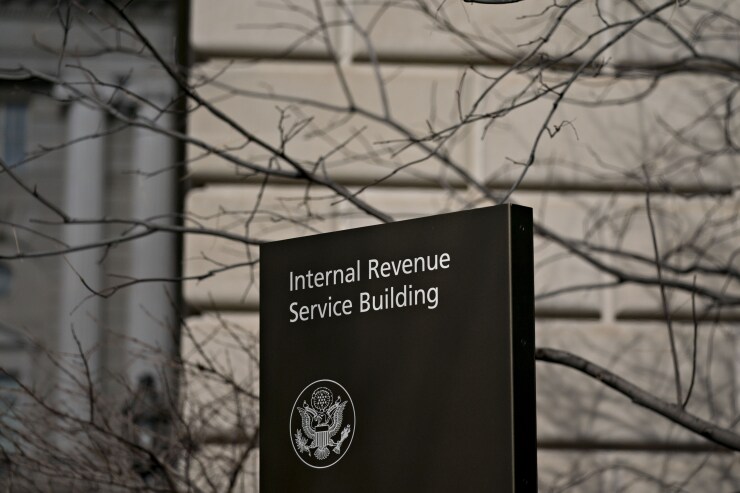The Internal Revenue Service recently suspended a half dozen of its modernization programs, including two deemed essential to its plans for replacing its aging systems, according to a new report.
The
"According to officials, the suspensions were due to IRS's determination to shift resources to higher priorities; staff members working on these suspended initiatives were reassigned to other projects," said the report. "As a result, the schedule for these initiatives is now undetermined. Accordingly, the 2030 target completion date for replacing the IMF that IRS announced last year is now unknown. This will lead to mounting challenges in continuing to rely on a critical system with software written in an archaic language requiring specialized skills."

The GAO found that about 33% of the applications employed by the IRS, 23% of the software instances in use, and 8% of the agency's hardware assets are considered to be legacy systems, including applications ranging from 25 to 64 years in age, as well as software up to 15 versions behind the current version. The IRS has acknowledged to the GAO that these legacy assets will continue to contribute to security risks, unmet mission needs, staffing issues, and higher costs.
The IRS has been working on transitioning these decades-old systems to the cloud, but it's still falling short. The report found the IRS's cloud computing efforts fully addressed 11, partially addressed one, and did not address two requirements identified in the Office of Management and Budget's June 2019 cloud computing strategy.
Some of the main shortfalls are because the IRS isn't conducting regular evaluations of customer experiences and user needs, according to the report, and until the IRS fully addresses all its cloud computing requirements, it will have less assurance that it's adopting cloud solutions that efficiently and effectively help it meet its mission needs and protect sensitive taxpayer information.
As of last August, the IRS had documented plans for the 21 modernization initiatives that were underway, including nine associated with legacy systems. All 21 of the plans addressed two key elements, but the plans for six of the nine initiatives didn't address how the IRS would dispose of its legacy systems. IRS officials told the GAO they would address this key element at the appropriate time in the initiatives' lifecycle, but they haven't set particular timeframes for doing so.
The GAO made nine recommendations to the IRS in the report, including that it establish time frames to complete selected modernization plans, and fully address the OMB's cloud computing requirements. The IRS agreed with all nine recommendations.
The IRS is set to receive an additional $80 billion over the next 10 years under the Inflation Reduction Act that Congress passed last, some of which is supposed is to go toward updating the IRS's antiquated technology systems, and that comes after mandates under the Taxpayer First Act of 2019 prompted the IRS to set more aggressive tech upgrade plans.
"The IRS Integrated Modernization Business Plan released in FY 2019 has guided our technology modernization work since that time, and we have largely delivered those modernization capabilities our funding supported on schedule and within budget," Jeffrey Tribiano, deputy commissioner for operations support at the IRS, said in response to the GAO report. "The plan provides a six-year strategy to modernize IRS technology systems and build critical infrastructure needed for a fully digital tax system that provides on-demand customer services options. Although limited funding has forced us to rescope, replan and delay certain modernization projects, from FY 2019 through FY 2022, we delivered 147 modernization capabilities across all four components of the plan: improving the taxpayer experience, core services and enforcement, IRS operations and cybersecurity."





